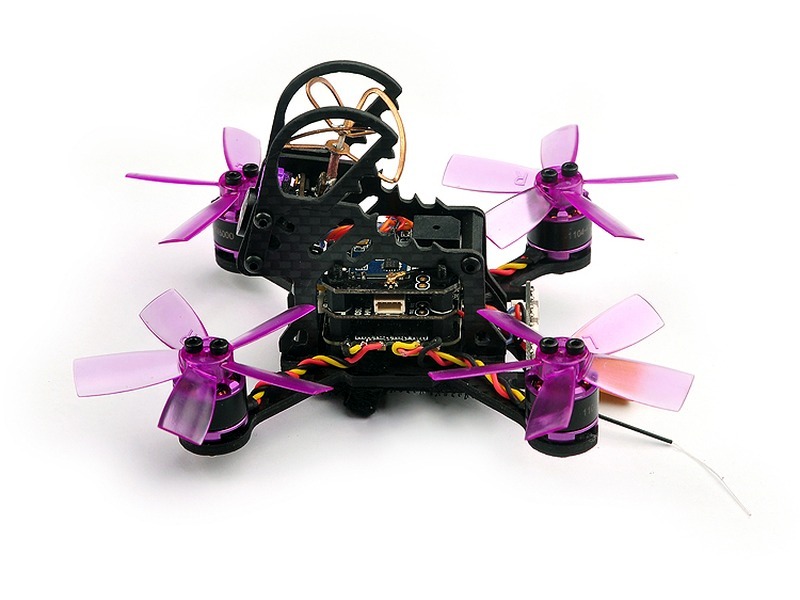What is the 400 ft rule for drones?

The 400 ft rule for drones is a regulation imposed by the Federal Aviation Administration (FAA) that requires all recreational and commercial drone operators to keep their drones within 400 feet of the ground. This rule is part of the FAA's Part 107 regulations, which were created to ensure the safe operation of drones in the National Airspace System.
The 400 ft rule is an important safety measure that helps to protect people and property on the ground from potential drone accidents. By keeping drones below 400 feet, the risk of a drone colliding with an aircraft or other objects in the sky is greatly reduced. Additionally, the 400 ft rule prevents drones from interfering with air traffic, which is essential for the safe operation of aircraft.
The 400 ft rule applies to all recreational and commercial drone operators, regardless of the size or type of drone they are operating. This means that even if a drone is small and lightweight, it must still remain within 400 feet of the ground. Additionally, the 400 ft rule applies to all drone operations, including those conducted for recreational purposes, commercial operations, and research and development.
The 400 ft rule is an important part of the FAA's Part 107 regulations, which are designed to ensure the safe operation of drones in the National Airspace System. By adhering to the 400 ft rule, drone operators can help to ensure that their drones do not interfere with air traffic or pose a risk to people and property on the ground.
It is important to note that the 400 ft rule does not apply to all drone operations. For example, some drone operations may be conducted at higher altitudes, such as those conducted for search and rescue operations or aerial photography. In these cases, the drone operator must obtain a waiver from the FAA in order to operate their drone at higher altitudes.
In conclusion, the 400 ft rule is an important safety measure imposed by the FAA that requires all recreational and commercial drone operators to keep their drones within 400 feet of the ground. This rule is designed to help ensure the safe operation of drones in the National Airspace System and to prevent them from interfering with air traffic or posing a risk to people and property on the ground.
Comments / Question
2. Drone operators must not fly their drones within 5 miles of an airport without prior permission from the airport operator.
3. Drone operators must not fly their drones over or near sensitive infrastructure or property such as power plants, military bases, or government facilities.
4. Drone operators must not fly their drones at night without prior permission from the FAA.
5. Drone operators must not fly their drones higher than 400 feet above ground level.
6. Drone operators must not fly their drones faster than 100 mph.
7. Drone operators must not fly their drones within restricted airspace.
8. Drone operators must not fly their drones within 500 feet of any other aircraft.
9. Drone operators must not fly their drones within 500 feet of any person or structure.
10. Drone operators must not fly their drones in any manner that interferes with manned aircraft operations.
1. Increased risk of mid-air collisions with other aircraft, as the drone will be in a congested airspace.
2. Increased risk of privacy violations, as the drone can fly at greater distances and capture more information than is allowed by law.
3. Increased liability risk, as flying at a greater altitude without proper authorization can create legal issues.
4. Increased risk of physical damage to property, as a drone flying beyond the 400 ft rule can cause more damage with its increased speed and altitude capabilities.
5. Risk of encounter with high-voltage transmission lines which can cause severe damage to the drone and anyone in the vicinity.

